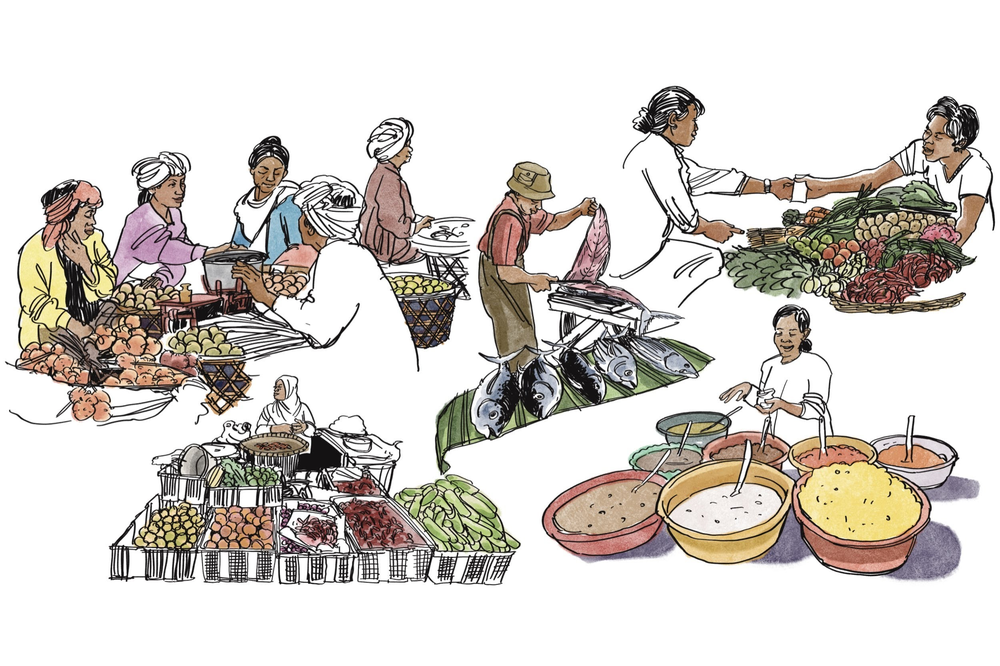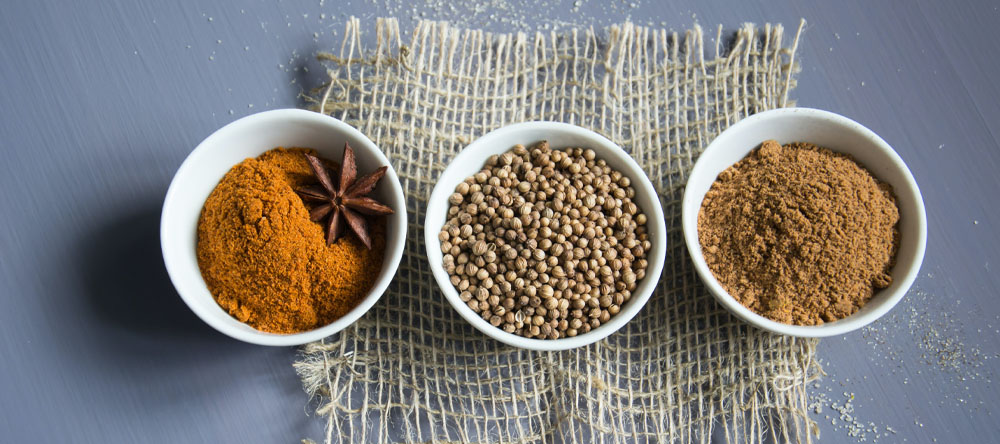Indonesia, the Spice Islands

Indonesia is the second largest mega bio diversity in the world. There are over 30,000 species of spices can be found in the archipelago. The breadth and nuance of taste coming from Indonesian spices and its amazing spice blends truly spices up the world.
Indonesian dishes are spice-based
There are four categories of spice, dry spices (i.e. pepper, cumin), fresh spices (i.e. galangal), aromatic spice (i.e. pandanus leaf or turmeric leaf) and acids (i.e) tamarind or asam gelugur. The following are specific spices that have become local wisdom in different regions.
Cloves (Syzygium aromaticum)
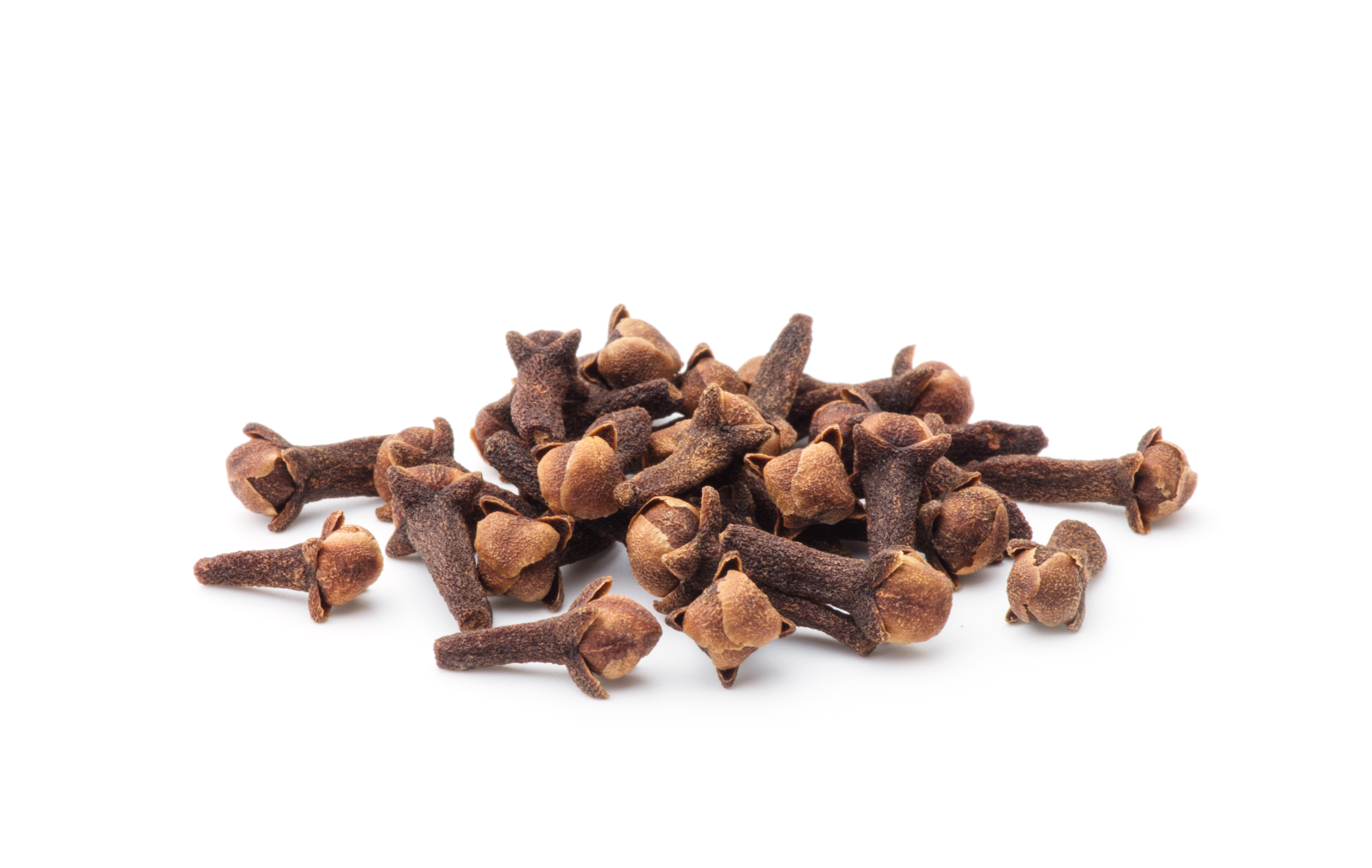
The finest quality of cloves are found in Indonesia. Originally grown in Ternate and Tidore, cloves are also grown in East Java. Cloves used as hint of spicy-sweet taste for meat and fish and sometimes used in food preservation.
Kecombrang (Torch Ginger, Etlingera elatior) from Aceh
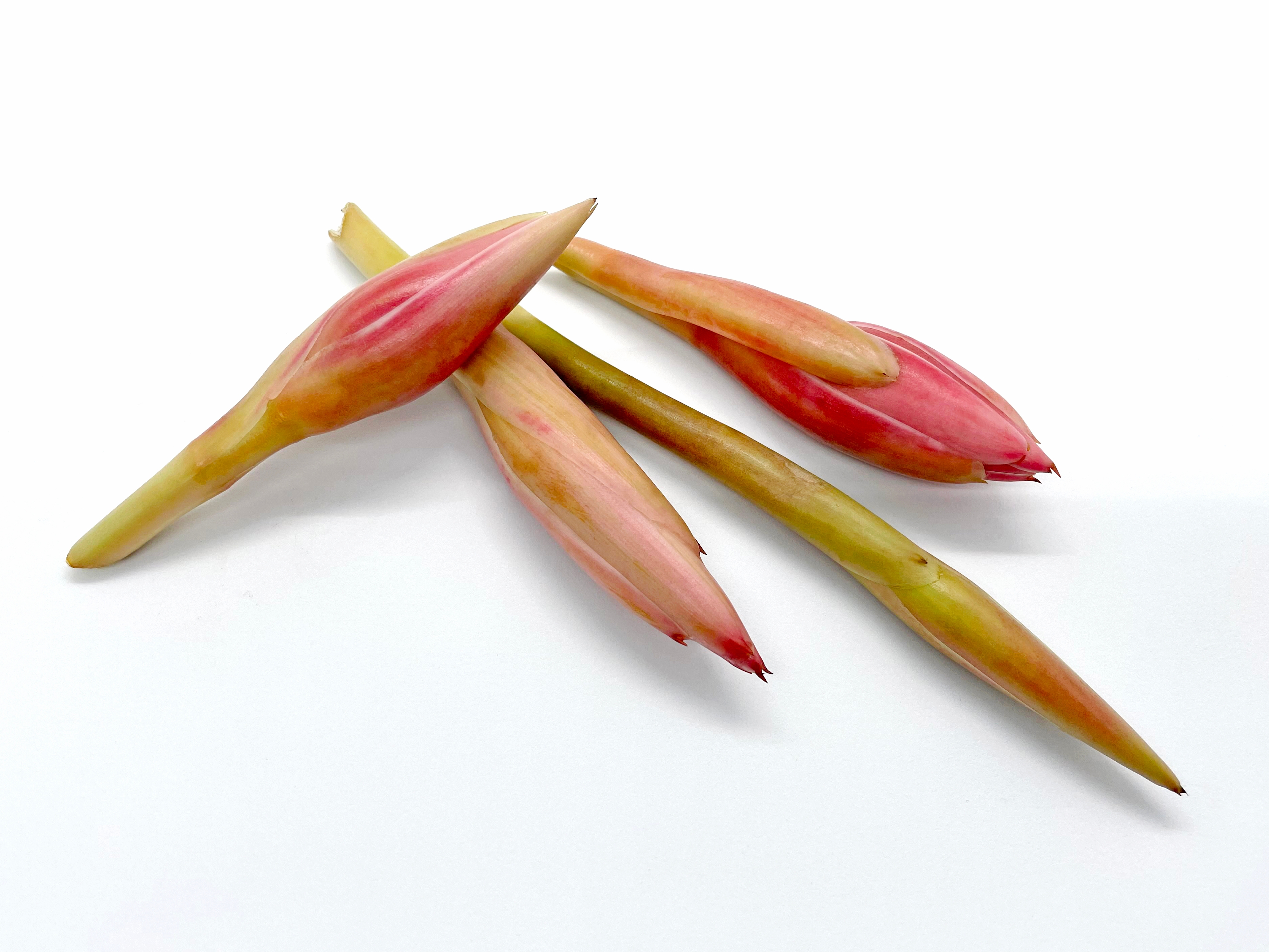
Combrang have a rich and strong fragrance to balance spicy dishes or to accentuate a dish. This beautiful flower bud in shades of pink, white and light green is used in variety of dishes and condiments.
Andaliman pepper (Zanthoxylum acanthopodium)

In Indonesia, andaliman is often referred to as "Indonesian lemon pepper" and is widely cultivated in Northern Sumatra. Batak people use andaliman in dishes such as saksang, which consist bits of pork meat and viscera stewed in a thick spicy sauce.
Pala (Myristica fragrans) from Eastern Indonesia
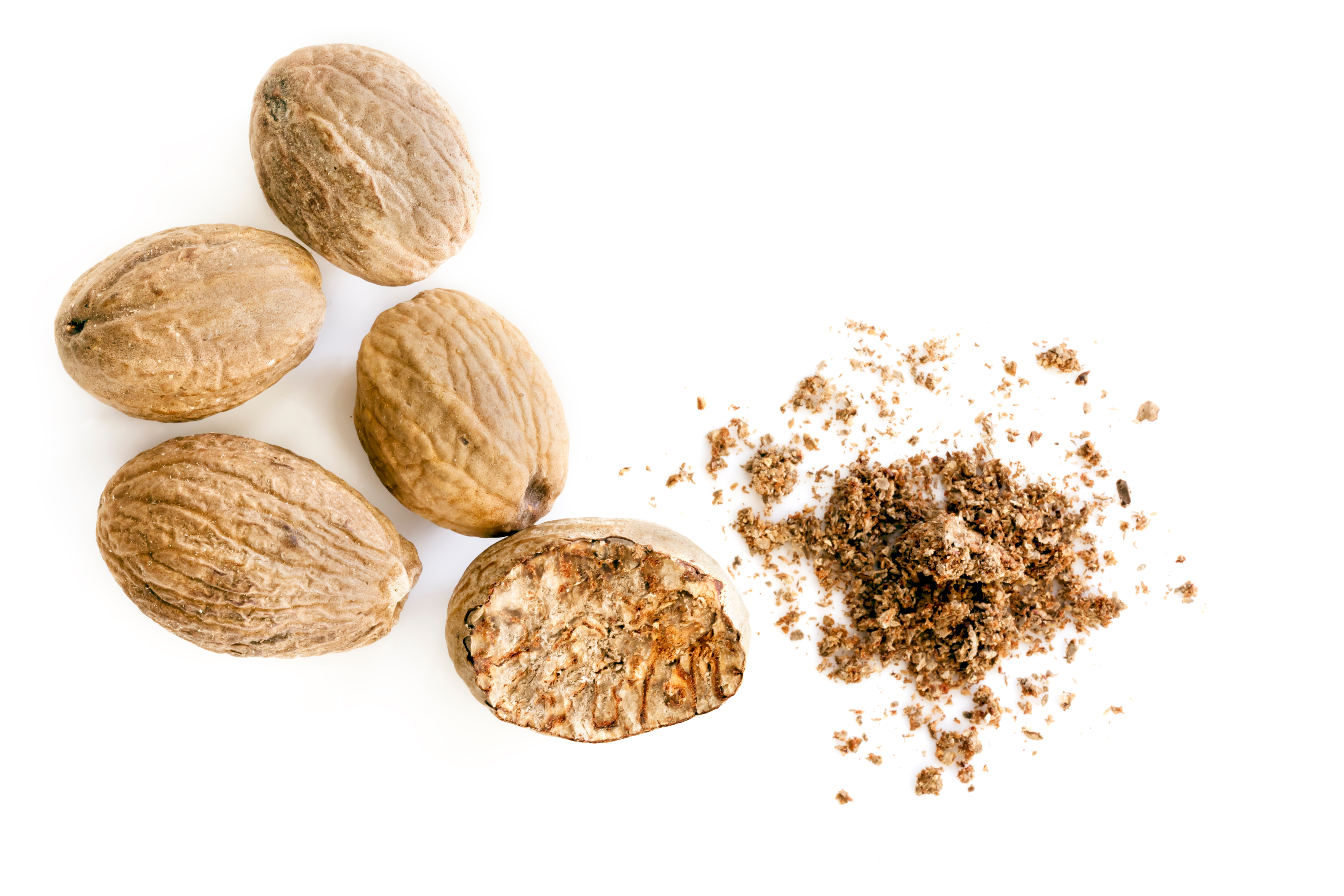
Myristica fragrans (fragrant nutmeg) or locally known as pala is a dark-leaved evergreen tree cultivated for spices derived from its fruit: nutmeg, from its dried seed, and mace, from the dried seed covering.
Galangal or Laos (Alpina Galanga)
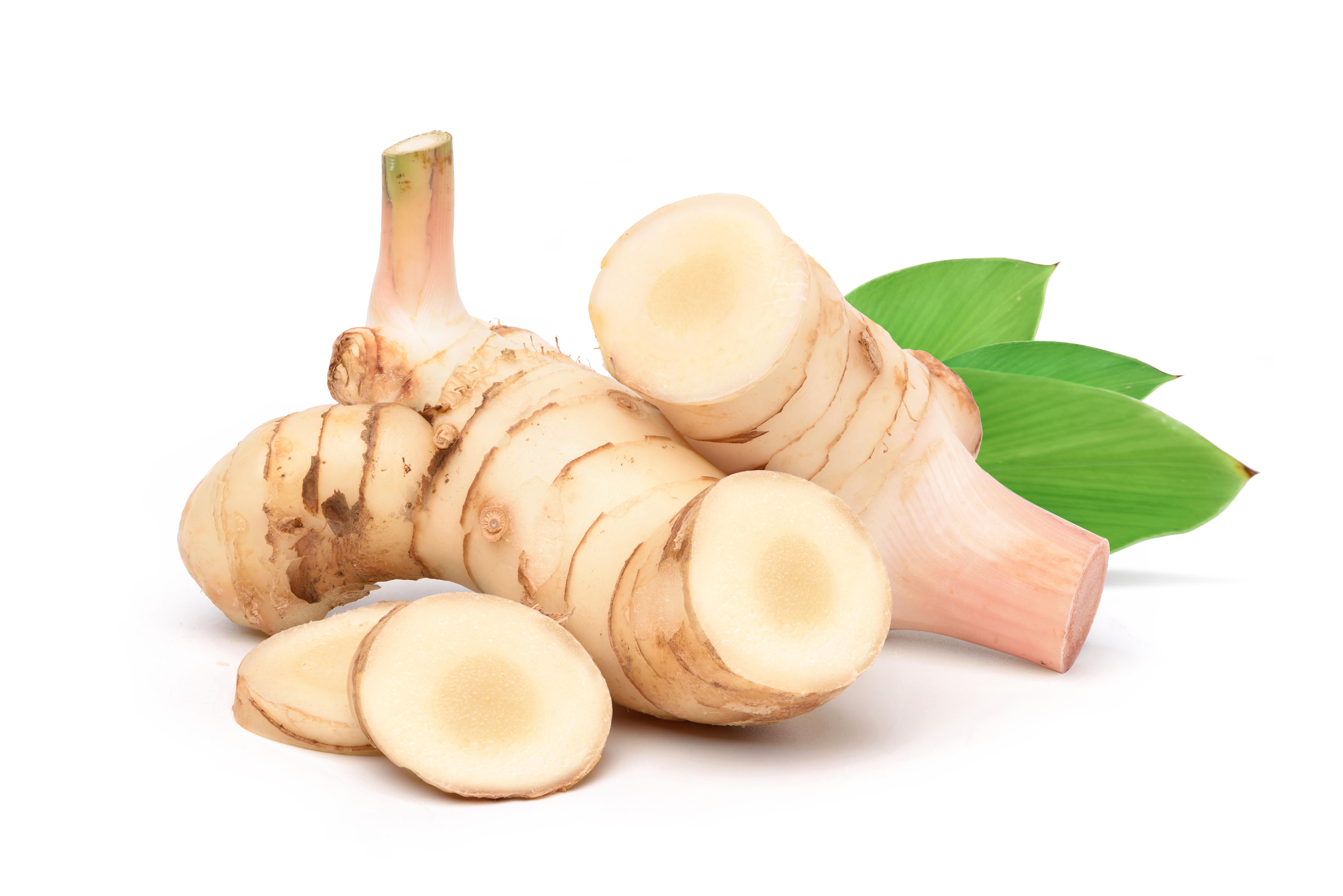
Many would mistake this with ginger. Galangal is used to elevate and intensifies flavors in heavily spiced dishes.
Cinnamon or Kayu Manis (Cinnamomum cassia)
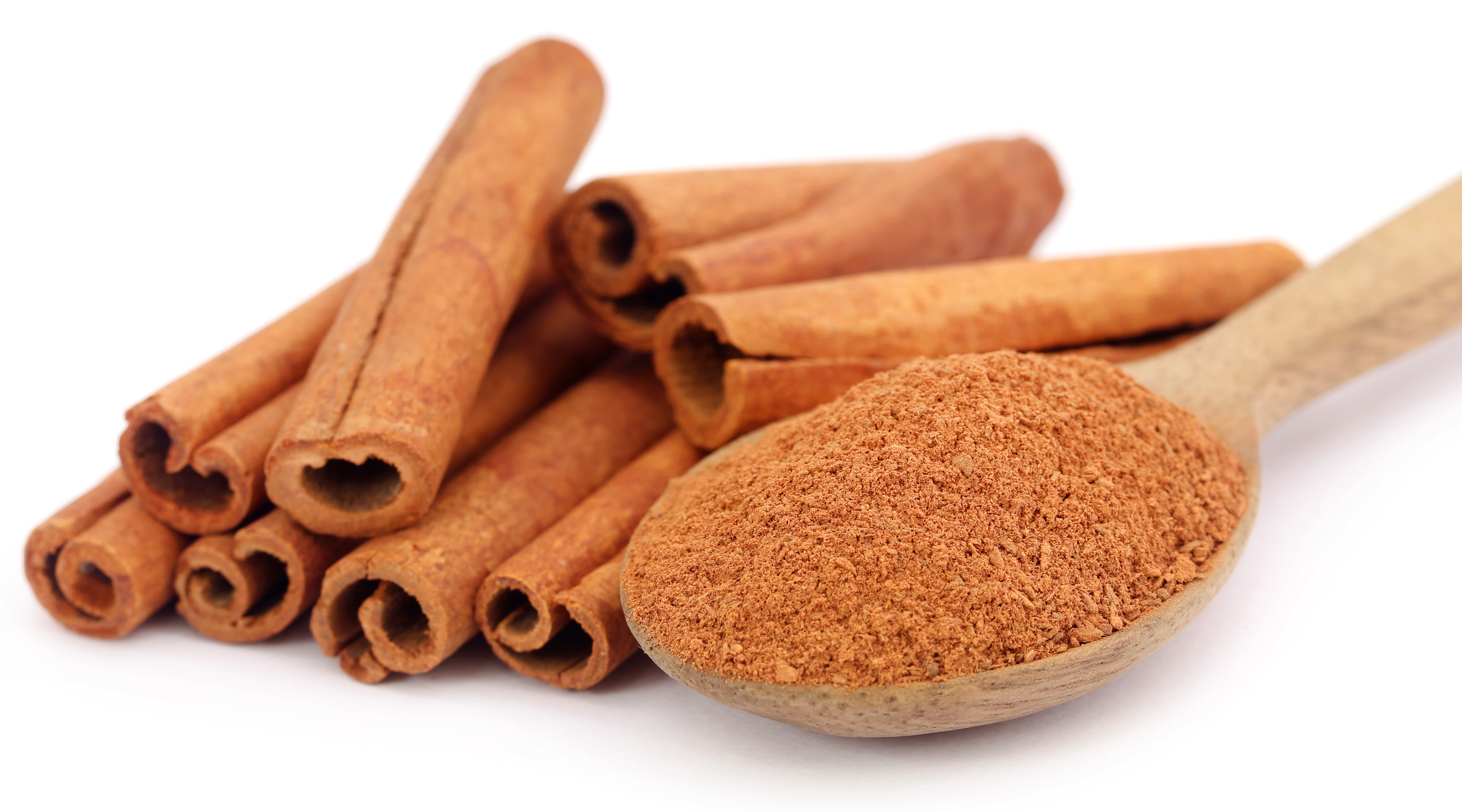
In many Indonesian dishes and drinks, cinnamon is used to accentuate the flavor with its peppery-sweet taste. Cinnamon trees are part of panoramic view of Sumatra highlands and parts of Java. Cinnamon was first cultivated in the West Sumatra in regions around Padang.
Kluwek or Keluwek (Pangium edule)

The black nut of kluwek are fruits of tree native to the mangrove swamps of Southeast Asia. It produces a large poisonous fruit which can be made edible through simple fermentation. Fermented kluwek are brown and greasy commonly used in Rawon, a popular East Javanese beef stew.
Asam Gelugur (Garcinia atroviridis)
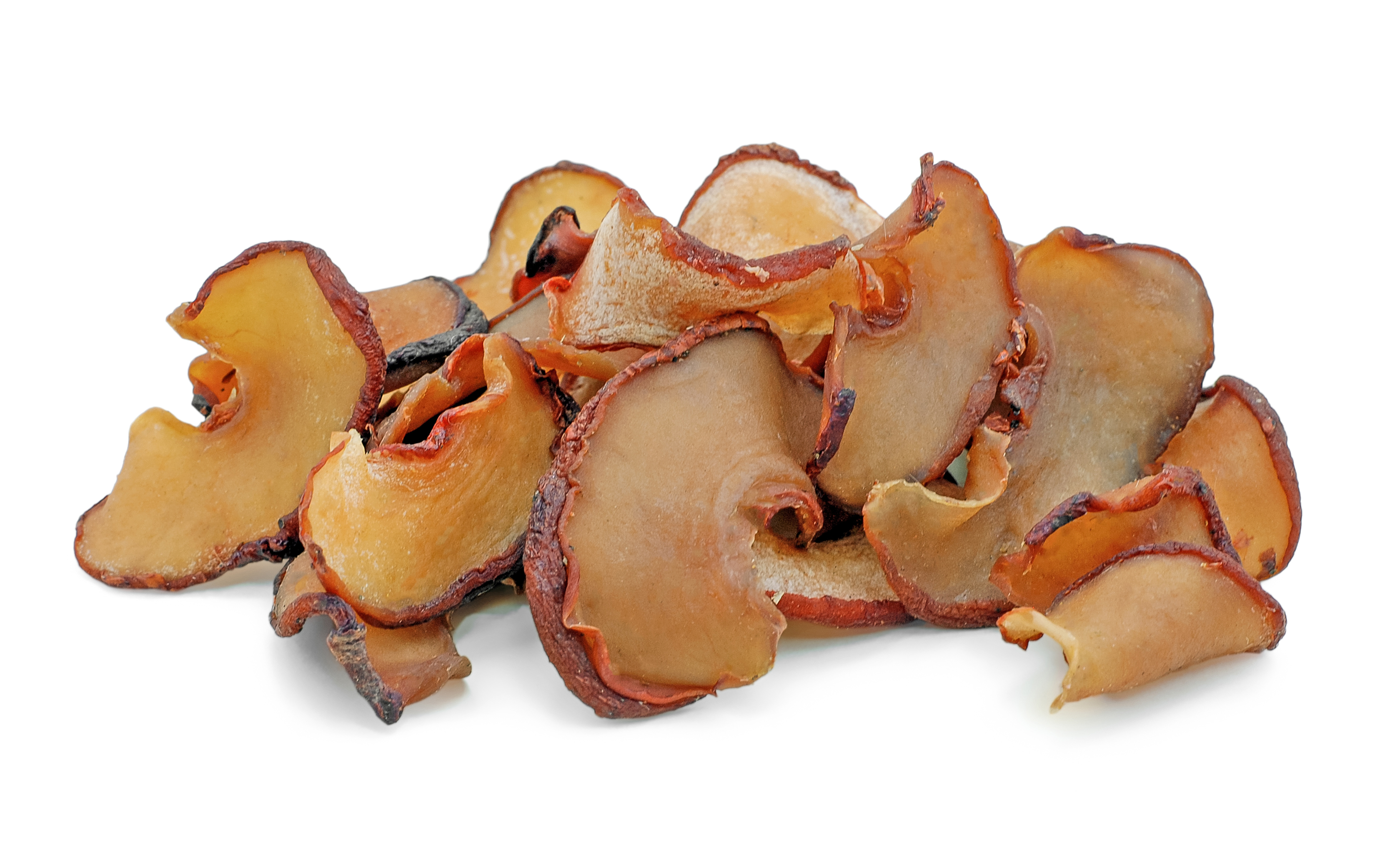
Native to North Sumatra, asam gelugur is a staple to local people. The taste is sour and tart. The fruit is sliced and dried before consumed.


